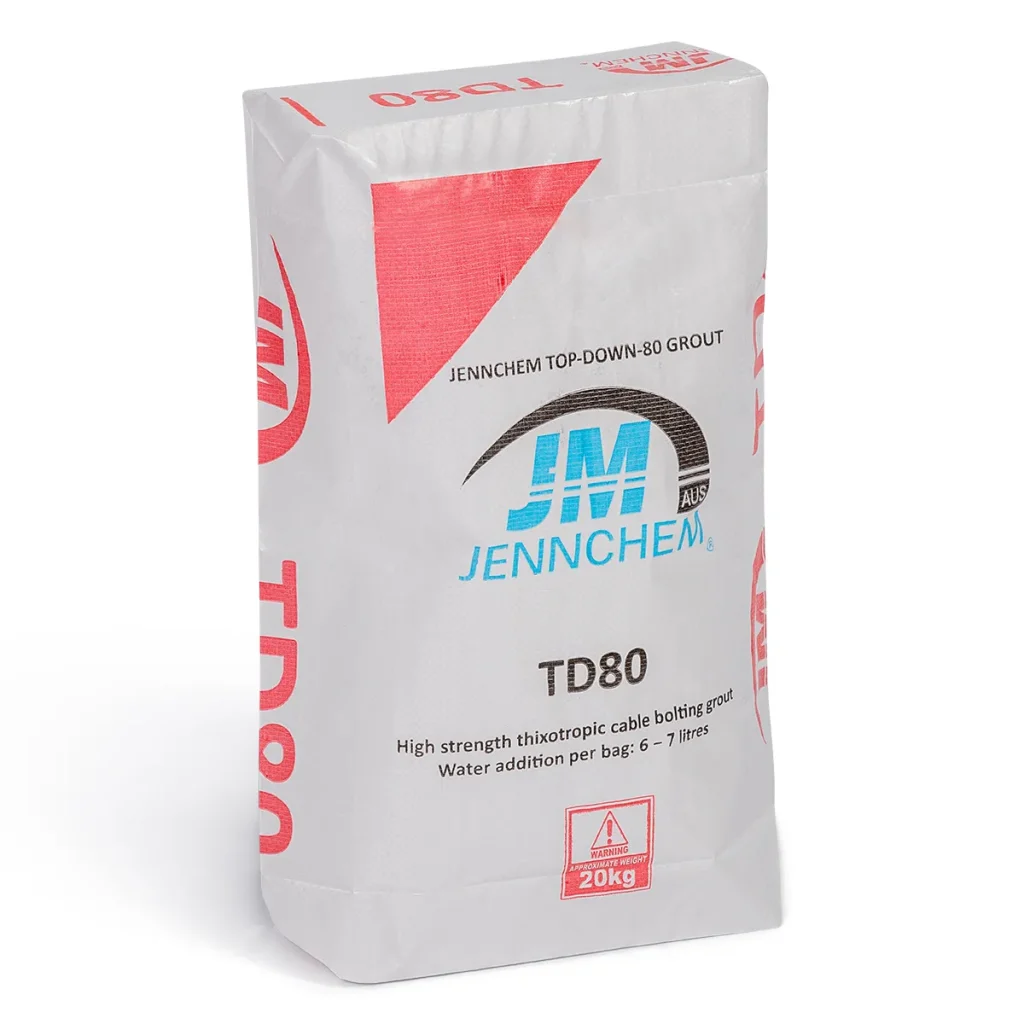
This article answers three critical questions for bulk packaging buyers: Why are FIBC jumbo bags a cost-effective and sustainable choice? How does VidePak’s ESG-driven manufacturing align with global standards? And what technical specifications ensure reliability for high-volume logistics? By combining verified data, real-world case studies, and insights into VidePak’s operational excellence, we demonstrate how FIBC solutions reduce waste by 30%, lower transportation costs by 25%, and align with United Nations Sustainable Development Goals (SDGs).
1. The Rise of FIBC Jumbo Bags in Modern Packaging
FIBC (Flexible Intermediate Bulk Container) jumbo bags, also known as bulk bags or super sacks, have revolutionized industrial packaging by offering unparalleled efficiency for transporting granular and powdered materials. With a typical capacity range of 500–2,000 kg, these bags are engineered to withstand rigorous handling, extreme climates, and long-term storage. For instance, VidePak’s FIBC bags feature a 10:1 safety factor, meaning a bag rated for 1,000 kg can safely hold up to 10,000 kg during static conditions, ensuring compliance with ISO 21898:2020 standards.
Global Impact Example: A fertilizer producer in Brazil reduced shipping costs by 18% after switching to VidePak’s UV-stabilized FIBC bags, which eliminated product degradation during 45-day maritime transits.
2. VidePak’s ESG Commitment: Aligning Profit with Purpose
2.1 Understanding ESG Reporting
Environmental, Social, and Governance (ESG) reporting evaluates a company’s ethical footprint. Investors and regulators increasingly prioritize ESG compliance, with 72% of Fortune 500 firms requiring suppliers to meet strict sustainability criteria (McKinsey, 2023).
2.2 VidePak’s ESG Initiatives
- Solar-Powered Manufacturing: A 2 MW rooftop solar system generates 2.6 GWh annually, offsetting 1,800 tons of CO₂—equivalent to planting 75,000 trees.
- Social Responsibility: Since 2020, VidePak has funded scholarships for 320 children of low-income workers in Southeast Asian partner factories.
- 5S Management: This lean manufacturing system reduced workplace accidents by 43% and improved production efficiency by 27% over five years.
3. Technical Excellence: Why VidePak’s FIBC Bags Outperform
3.1 Advanced Manufacturing Infrastructure
VidePak operates 100+ circular looms, 30 lamination machines, and 16 extrusion lines from Austria’s Starlinger, ensuring precision in:
- Fabric Strength: 150–220 g/m² polypropylene (PP) woven fabric with tensile strength of 60–90 N/cm².
- Customization: 10-color rotary printing and anti-static/waterproof coatings.
3.2 Product Specifications
| Parameter | Specification | Industry Standard |
|---|---|---|
| Load Capacity | 500–2,000 kg | ISO 21898:2020 |
| UV Resistance | Up to 12 months outdoor storage | ASTM D4329 |
| Seam Type | Single/Double-loop stitching | DIN 35-407 |
| Liner Options | PE, PP, or aluminum foil | FDA 21 CFR 177.1520 |
4. FAQs: Addressing Buyer Concerns
Q: How do FIBC bags reduce carbon footprint compared to rigid containers?
A: A single FIBC bag replaces 4–6 rigid drums, cutting plastic use by 65% and reducing empty return freight costs.
Q: Are VidePak’s FIBC bags recyclable?
A: Yes. Our PP-based bags achieve 95% recyclability, with 30% post-industrial recycled content.
Q: What certifications ensure quality?
A: We hold ISO 9001, ISO 14001, and Oeko-Tex Standard 100 certifications.
5. Global Reach and Custom Solutions
With $80M annual revenue and clients in 60+ countries, VidePak tailors FIBC bags for industries like:
- Chemicals: UN-certified bags with conductive liners for flammable powders.
- Agriculture: Breathable designs for grain storage (e.g., 50,000 bags shipped to Kenya in 2023).
- Construction: Anti-static bags for cement transport, reducing waste by 22% versus traditional packaging.
For specialized needs, explore our laminated BOPP woven bags for moisture-sensitive products or valve bags for automated filling systems.
6. Conclusion
VidePak’s FIBC jumbo bags exemplify how innovation, sustainability, and ethical manufacturing converge to solve global logistics challenges. By prioritizing ESG principles and leveraging cutting-edge technology, we deliver solutions that are as durable as they are responsible.
References
- VidePak Company Profile (2024).
- ISO 21898:2020 – Packaging for dangerous goods.
- McKinsey & Company, ESG Priorities in Supply Chains (2023).
Contact
Website: https://www.pp-wovenbags.com/
Email: info@pp-wovenbags.com
Related Articles